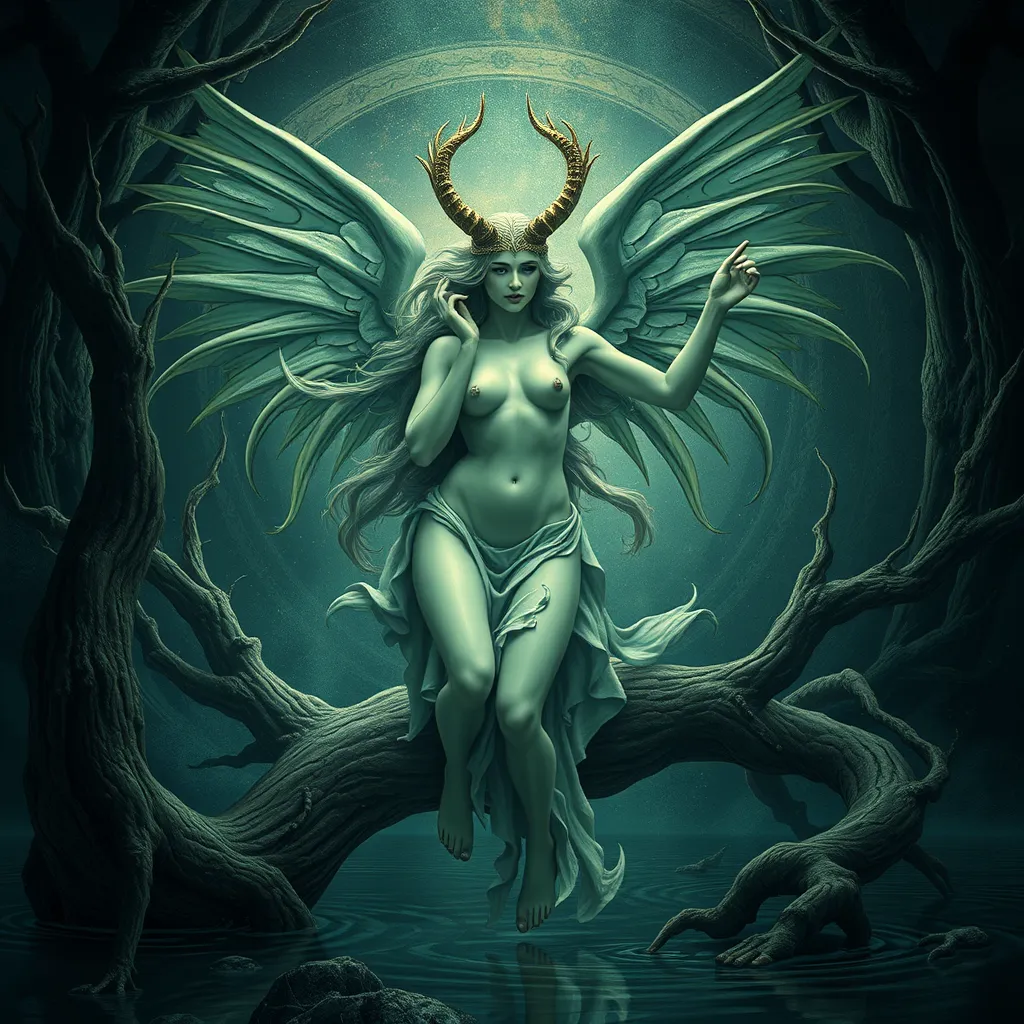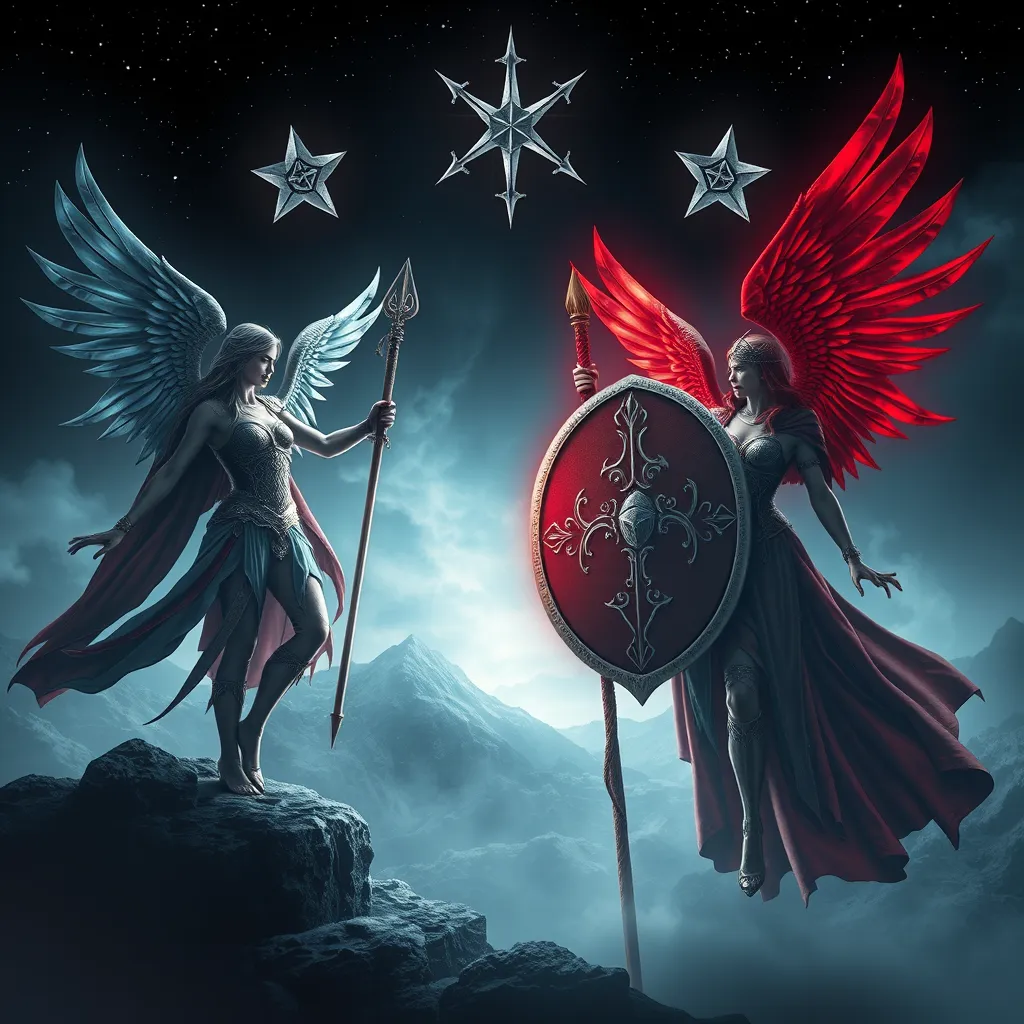Nymphomaniac: The Misunderstood Nature of Nymphs in Greek Mythology
I. Introduction
Nymphs are enchanting female figures in Greek mythology, often associated with various natural elements. They are typically depicted as beautiful young women, embodying the spirit of nature and its beauty. However, the common perception of nymphs can often be skewed, leading to misconceptions about their character and role in mythology.
This article aims to explore the true nature of nymphs, shedding light on their significance and the misunderstandings that surround them. By delving into their classification, symbolism, and interactions with gods and mortals, we can gain a clearer understanding of these mystical beings.
II. The Role of Nymphs in Greek Mythology
Nymphs are classified into several categories, each associated with different aspects of nature:
- Naiads: Water nymphs who inhabit rivers, springs, and lakes.
- Dryads: Tree nymphs, primarily associated with oak trees, representing the spirit of the forest.
- Oreads: Mountain nymphs, dwelling in the rugged terrain of mountains and hills.
- Oceanids: Nymphs of the ocean, daughters of the Titan Oceanus, embodying the vastness of the sea.
The functions and duties of nymphs in mythology extend beyond mere beauty; they are caretakers of their respective domains. Nymphs often assist in the growth of flora and fauna, acting as guardians of the natural world. In ancient texts, nymphs symbolize various natural phenomena, representing the harmony and interconnectedness of life.
III. Nymphs as Symbols of Nature and Fertility
Nymphs are deeply connected to different elements of nature, often embodying the essence of water, trees, and mountains. Their presence is significant in various mythological narratives, where they are depicted as nurturing and life-giving.
Moreover, nymphs play a crucial role in fertility and agriculture. They are often seen as mediators between the divine and the natural world, facilitating growth and abundance. Their protective nature extends to the environment, making them vital figures in maintaining the balance of ecosystems.
IV. Misinterpretations of Nymphs’ Sexuality
One of the most significant misconceptions surrounding nymphs is the conflation of their nature with promiscuity and hypersexuality. In various literary sources, nymphs are often portrayed in a sexualized manner, leading to a distorted understanding of their character.
It is essential to analyze these depictions critically. While certain myths may emphasize the allure and seduction of nymphs, these representations often reflect the cultural attitudes of the time rather than the intrinsic essence of nymphs themselves. Distinguishing between mythological representation and societal perceptions is crucial for a nuanced understanding of these figures.
V. Nymphs in Relationships with Gods and Mortals
Nymphs frequently appear in myths involving gods and mortals, highlighting their interactions and relationships. Notable examples include:
- Apollo and Daphne: A tale of unrequited love where Daphne, a nymph, transforms into a laurel tree to escape Apollo’s advances.
- Dionysus and the Nymphs: Dionysus, the god of wine, often interacts with nymphs, celebrating their roles in nature and festivity.
These love stories are not merely romantic; they explore themes of consent and agency. Nymphs, while often courted by gods, maintain a sense of autonomy and strength, making their narratives rich and complex.
VI. Nymphs in Contemporary Culture
The influence of Greek mythology continues to resonate in contemporary culture, shaping modern interpretations of nymphs. In literature, film, and art, nymphs are often portrayed as symbols of femininity and empowerment. They embody the duality of nature—nurturing yet fierce—reflecting the complexities of womanhood.
Popular culture has reimagined nymphs in various forms, from fantasy novels to movies, showcasing their allure and strength while often stripping away the deeper meanings associated with their mythological origins.
VII. Debunking Myths: The True Essence of Nymphs
Re-evaluating the nature of nymphs involves a scholarly perspective that considers the socio-cultural context of their myths. It is essential to understand nymphs within their mythological and cultural frameworks, recognizing them as complex figures rather than mere symbols of sexuality.
Advocating for a nuanced understanding of female figures in mythology allows for a richer interpretation of these narratives. By acknowledging their roles as guardians of nature, nurturers of life, and empowered beings, we can appreciate the depth of nymphs beyond superficial representations.
VIII. Conclusion
The misunderstood nature of nymphs in Greek mythology reveals the complexity and richness of these figures. By exploring their roles, symbols, and relationships, we can gain a deeper appreciation for their significance in ancient lore.
In reinterpreting mythological narratives, we can challenge the prevailing misconceptions and honor the true essence of nymphs. Recognizing their multifaceted character not only enriches our understanding of Greek mythology but also invites us to reflect on the enduring relevance of these symbols in contemporary culture.



